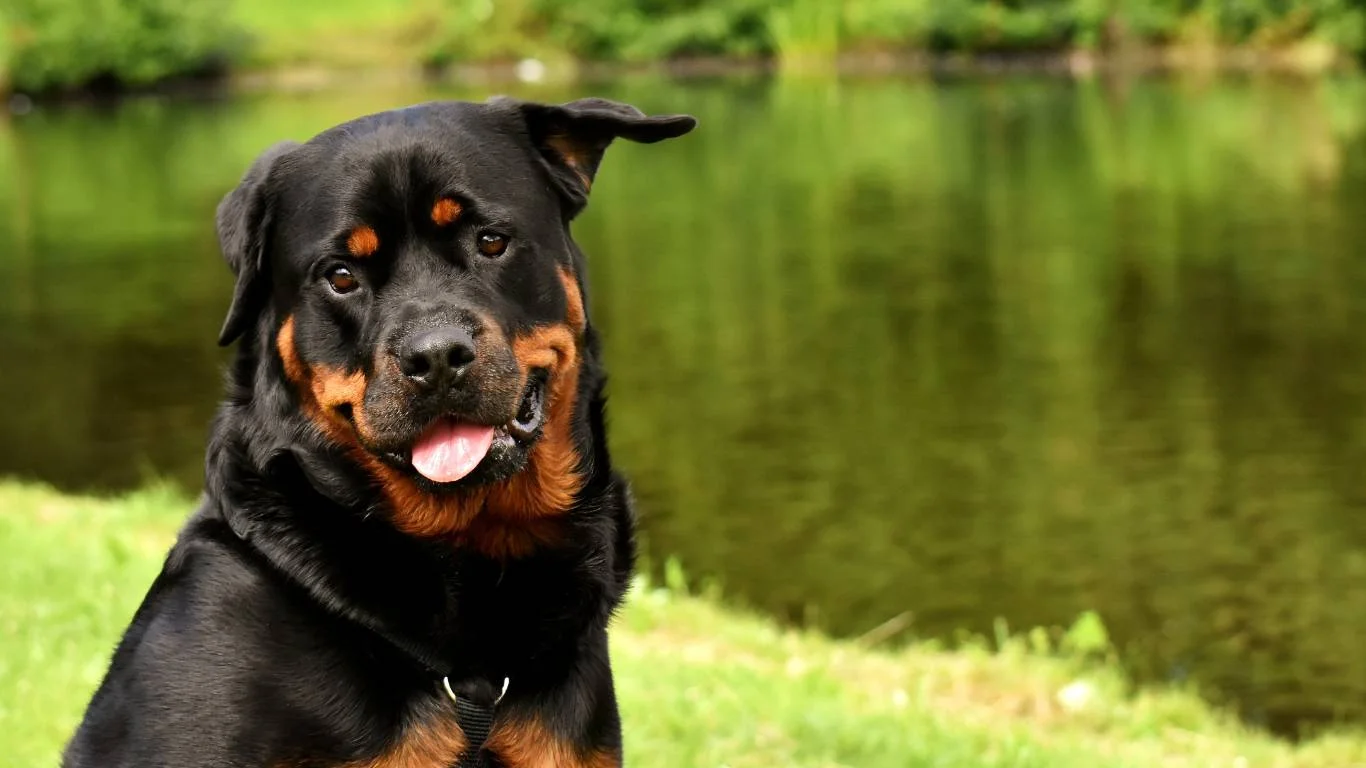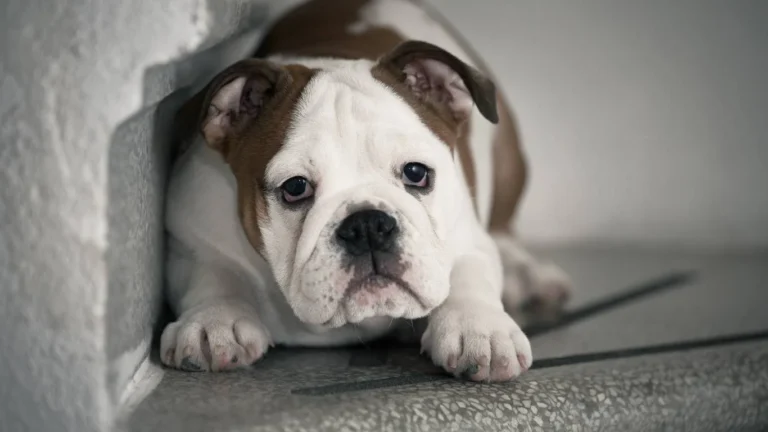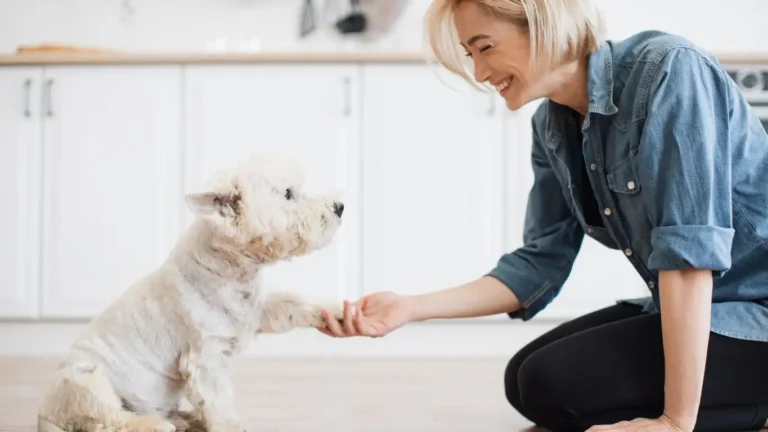10 Natural Ways to Calm a Hyper Dog Without Medication
If you’ve ever found yourself chasing your dog around the house at full speed, wondering if they’ve somehow gotten into espresso beans instead of kibble—you’re not alone. As a Veterinary Assistant with a focus on nutrition, I’ve met plenty of wonderful pups who just have way too much energy. That’s exactly why I wanted to share some of the best ways to calm a hyperactive dog naturally. Because let’s be real—sometimes it’s not about obedience or training, it’s about helping them chill in a way that supports their mind and body. No meds, no harsh techniques—just natural, kind, and effective methods that work.
Understanding Where the Energy Comes From

First things first—hyperactivity isn’t just your dog being “bad” or “disobedient.” It can come from so many places: lack of stimulation, excess energy, boredom, or even an unbalanced diet (yep, we’ll talk about that). I’ve seen dogs go from zoomie machines to mellow cuddle bugs with just a few changes in their daily routine.
Breed Matters More Than You Think
Some breeds were literally built to work all day—like Border Collies, Aussies, and Belgian Malinois. If they’re not herding sheep, they’re gonna herd your furniture. It’s not a behavior issue; it’s unmet needs. So the first step is knowing if your dog’s hyperactivity is just part of their breed makeup. Once we know that, we can work with it instead of trying to suppress it.
Early Life Experience and Environment
I’ve met plenty of rescue dogs who came from chaotic environments or who didn’t get proper socialization early on. That kind of start in life can set the tone for how they respond to stimulation later. Loud noises, people coming and going, or just too much excitement can make them spiral into nonstop go-mode.
Daily Structure Is Your Secret Weapon

This one seems obvious, but I can’t tell you how many times I’ve seen huge results from simply creating more daily structure for a dog. Think of it as giving your dog a schedule they can rely on. Dogs thrive on predictability. They feel safer and more secure, and guess what? That usually leads to calmer behavior.
Try a Balanced Daily Routine
- Morning: A brisk walk, some interactive play, and breakfast (with calming supplements if needed—more on that later).
- Midday: Mental stimulation like a puzzle toy or frozen Kong while you’re at work or running errands.
- Evening: Another walk or play session, dinner, and quiet time—maybe a chew or massage.
When dogs know what’s coming, they don’t have to stay in a state of constant alert or excitement. It’s like giving their nervous system a rest.
Nutrition Can Be a Game-Changer

Okay, now we’re in my zone. I can’t tell you how many pet parents overlook diet when trying to calm a hyper dog. But honestly? Some commercial foods are loaded with ingredients that just wind them up more. High carbs, cheap fillers, artificial colors and flavors—they don’t just affect your dog’s waistline, they mess with their brain chemistry too.
Look for Whole, Calming Ingredients
Here are a few go-to ingredients that support calm energy naturally:
- Turkey: It’s rich in tryptophan, the same compound in your Thanksgiving dinner that makes everyone sleepy. Dogs metabolize it a bit differently, but it can still promote relaxation.
- Chamomile: This one’s a classic for a reason. It’s gentle, effective, and safe in small doses.
- Sweet Potatoes: Slow-digesting carbs like these give steady energy without the sugar crash or hyper spikes.
- Omega-3 Fatty Acids: Found in fish oil and flaxseed, these help regulate mood and reduce inflammation—calmer body, calmer mind.
I’ve even seen dogs calm down significantly after switching to a fresh, home-cooked diet or a high-quality, minimally processed kibble with these ingredients. Always talk to your vet first, but don’t underestimate what a bowl of food can do!
Supplements That Support Natural Calm
In my experience, adding the right supplement can be a gentle but powerful way to take the edge off a hyper dog—without sedation. Some solid options include:
- CBD oil (pet-safe only): When sourced properly, it can help with anxiety and overexcitement. Just make sure it’s vet-approved and third-party tested.
- L-theanine: An amino acid found in green tea, great for dogs who get overstimulated easily.
- Valerian root: Works like a natural chill pill. Not for daily use, but great situationally (think fireworks or house guests).
I always recommend starting small and giving it at the same time daily to keep things consistent. Remember, more isn’t better—consistency is.
Movement That Calms Instead of Hypes
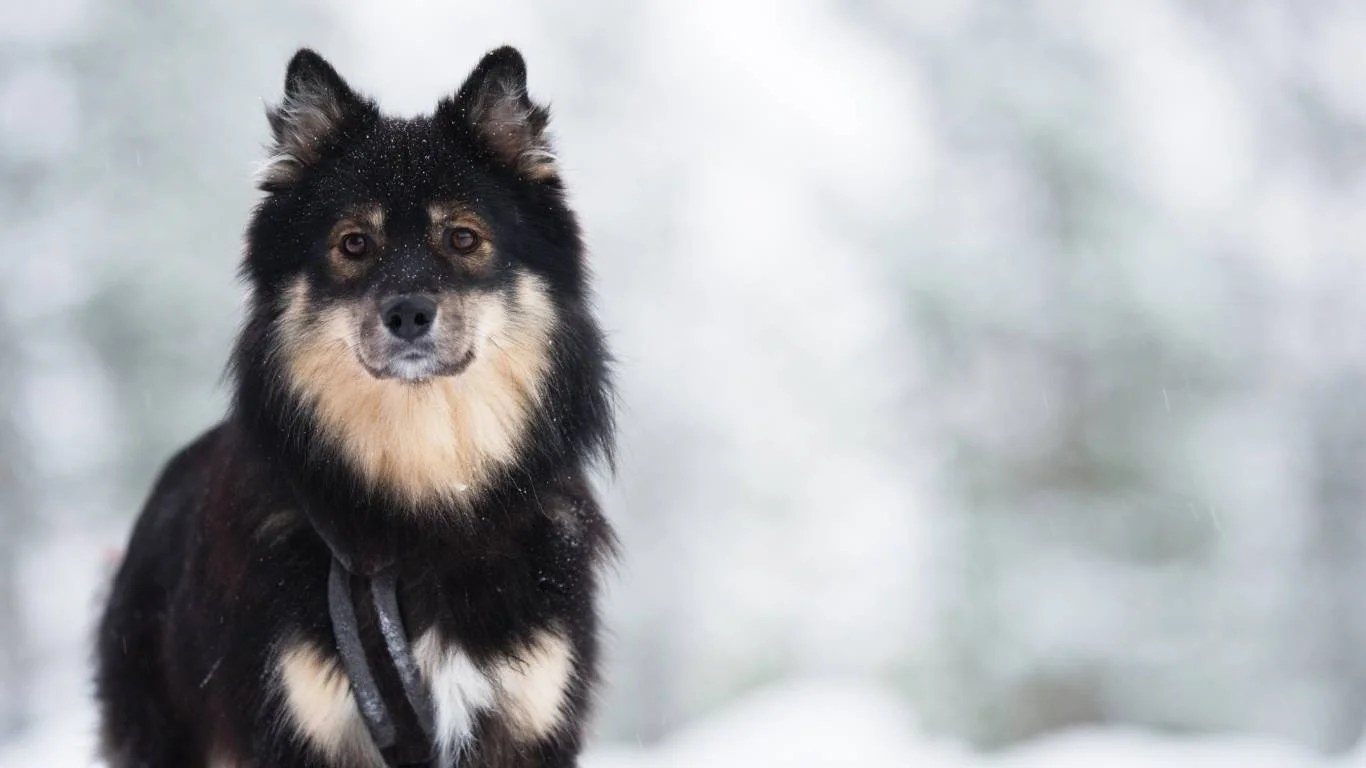
Not all exercise is created equal. That might sound strange coming from someone who’s always telling clients to get their dogs moving, but here’s the thing—how you exercise your dog matters just as much as how much. I’ve worked with dogs who were getting tons of physical activity, but were still bouncing off the walls. Why? Because the type of activity was overstimulating instead of soothing.
Choose Calm, Purposeful Activities
If you’ve got a hyper dog, here are some of the best kinds of movement to try:
- Leash walks with sniffing breaks: Let them use their nose! Sniffing is a natural decompressor for dogs—it actually lowers heart rate and cortisol.
- Structured fetch sessions: Not just random chuck-it until collapse. Try 5 throws, sit, 5 throws, stay. It works their brain and body together.
- Swimming: Low impact, tons of energy burn, and most dogs are blissfully relaxed afterward.
One of my clients had a Labrador who was hyper to the point of being destructive—until they started daily “sniffaris” in the woods. Within two weeks, totally different dog. It’s wild what natural environments and the right kind of physical outlet can do.
Mind Games for Mental Fatigue
Sometimes the body isn’t even the problem. It’s the brain that’s overstimulated—or bored. And that can make dogs act wild just to get something going. Mental enrichment is one of my favorite tools because it helps drain that excess brain energy without overexerting them physically.
Try rotating through a few of these each week:
- Puzzle toys: Food-dispensing puzzles, snuffle mats, and hide-and-seek treats in boxes.
- Training drills: Not just “sit” and “stay”—teach a new trick, practice impulse control games like “wait” at the door.
- Find it: Hide treats around the house or yard and encourage your dog to sniff them out. I do this with my own pup almost daily—it’s a hit every time.
Creating a Calm Space at Home

Let’s talk about your dog’s environment. You might not realize it, but even your home setup can be contributing to hyperactive behavior. Too many loud sounds, people constantly coming and going, TVs blaring—some dogs are just more sensitive to that kind of sensory overload.
Set Up a Chill Zone
Every dog should have a safe, quiet place where they can retreat and just…be. I like to call it their “zen den.” Ideally, it’s:
- Low-traffic: Not in the middle of the hallway or next to the front door where delivery people are always dropping off packages.
- Cozy: A soft bed, maybe some calming music (look up dog-specific playlists, they’re surprisingly effective!), and a familiar blanket or toy.
- Optional crate: If your dog is crate-trained and sees it as a safe space, that’s gold. Some dogs feel calmer in a small, enclosed spot.
I worked with a Golden Retriever who would bark constantly at everything that moved outside—until his parents got blackout curtains and a white noise machine for his chill corner. He started sleeping through things that used to send him into a frenzy.
Massage, Touch, and Natural Therapies

Sometimes, dogs are just like us—they need to be touched, reassured, grounded. And trust me, I’ve seen even the most high-strung dogs melt like butter during a good massage. You don’t have to be a certified therapist to do this. Just use your hands and pay attention to how your dog reacts.
Basic Dog Massage Techniques
Start with gentle strokes down the spine, then work in small circles around the neck and shoulders. Use light pressure and watch for signs your dog is into it—slowed breathing, leaning into your hand, sighs. If they pull away, give them space and try again later.
Other natural therapies that can help calm a hyper dog:
- Aromatherapy: Lavender and chamomile are your go-tos. Use a pet-safe diffuser or dab a tiny bit on their collar.
- Acupressure: It’s not just for humans. There are simple points (like between the eyes or along the ears) that can encourage relaxation.
- Tellington TTouch: A gentle, circular touch technique that helps reduce tension and promote focus.
One thing I love recommending (and use myself) is a warm compress behind the neck before bedtime. Not hot—just warm, like a rice sock. It’s like a mini spa moment and often helps dogs wind down for the night.
Consistency is Key (Not Perfection)

This is where I always want to remind people—calming a hyperactive dog naturally doesn’t mean flipping a switch. It’s a daily commitment to doing the small things consistently. Some days will be better than others, and that’s okay. Celebrate the little wins.
I’ve had clients get discouraged because their dog was calm three days in a row and then had a hyper meltdown on day four. But dogs, like us, have off days. Weather, changes in the household, even your own stress—dogs pick up on all of that.
Stick with your structure. Keep offering natural solutions. Tune in to your dog’s individual needs, because there’s no one-size-fits-all fix. And remember—you’re not alone in this. I’ve walked this path with dozens of dogs and their humans, and I promise: it gets better.
Socialization: The Underestimated Calm Creator
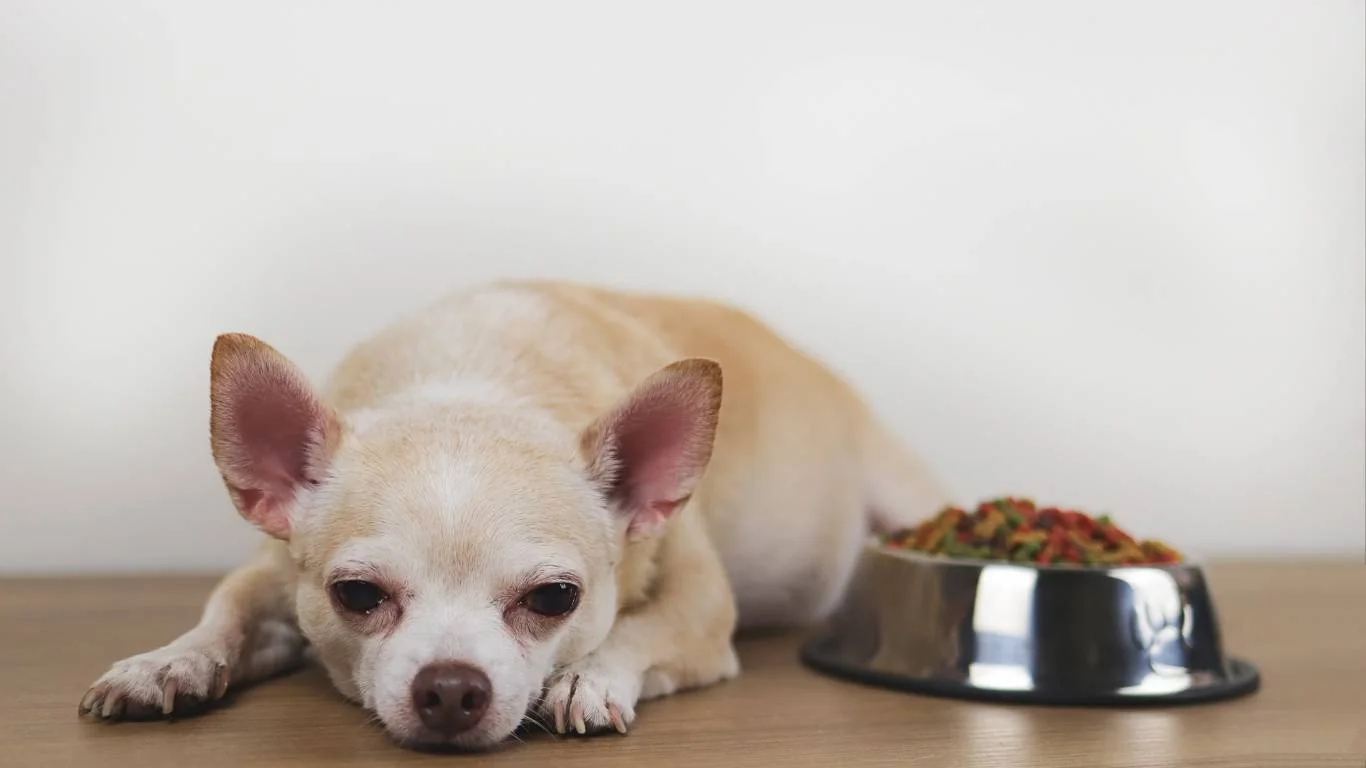
One thing I think gets overlooked a lot in the conversation about hyperactive dogs is socialization. Not just letting your dog meet a bunch of other dogs, but slow, intentional, and positive exposure to new people, sounds, sights, and situations. Believe it or not, I’ve seen hyper dogs calm down significantly just from becoming more comfortable with the world around them.
When I was working with a high-energy rescue Pit mix—let’s call him Rocco—his energy wasn’t just about being young or strong. It was about being unsure. Every new sound made him spin in circles. But after a few weeks of short, relaxed walks through new neighborhoods and some quiet time at dog-friendly cafés, that over-the-top reactivity started to fade.
Start Small, Think Positive
Here’s how I usually guide pet parents through gentle socialization for hyper dogs:
- Use distance as your friend: Don’t dive into crowded parks right away. Start from afar and let your dog observe calmly.
- Reward calm curiosity: Every time they glance at something new and stay relaxed? Treat and praise. Build that positive association.
- Let them set the pace: Don’t force interaction. Some dogs just want to look and listen before getting close, and that’s okay.
Sometimes, all a dog needs is to feel safe and confident in their environment to stop reacting like they’re on high alert 24/7. Calm comes from trust.
The Human Factor: Matching Your Energy

Let me say something that might sting a little (in a loving way): if your dog is always hyper, check your own energy. I say this with zero judgment—I’ve had days where my energy was totally off, and guess who picked up on it immediately? Yep. My dog.
Dogs are way more in tune with us than we give them credit for. If we’re anxious, rushing around, or constantly distracted, they often mirror that. One of the best ways to calm a hyperactive dog naturally is by becoming a calm, grounded presence yourself.
Ways to Regulate Your Energy Together
- Start the day with a routine: Instead of a frantic morning, try a calm wake-up, a quick stretch (for both of you), and a relaxed walk.
- Practice breathing exercises: It sounds woo-woo, but I’ve literally had dogs start to relax as soon as I slowed my own breathing and sat quietly near them.
- Use your voice intentionally: High-pitched squeals or loud commands can hype them up. Soft, low, consistent tones can guide them down from a high-energy state.
It’s all connected. A dog doesn’t just need training—they need calm leadership. And sometimes that starts with us slowing down first.
When to Get Professional Help
Now, even with all the best natural strategies, there are some dogs who need a bit more support. And that’s totally okay. As someone who’s worked alongside vets and behaviorists, I always encourage pet parents to know when it’s time to bring in a professional.
Red Flags That Might Mean It’s Time:
- Your dog can’t settle even after exercise, training, and dietary adjustments.
- They’re destructive, aggressive, or anxious in a way that puts themselves or others at risk.
- You feel overwhelmed, frustrated, or unsure of what to do next.
Behaviorists, holistic vets, and fear-free certified trainers can give you a tailored plan that fits your dog’s unique needs. It’s not giving up—it’s leveling up your care. Sometimes, a collaborative approach is exactly what’s needed to unlock calm in a deeper, more lasting way.
Wrapping Up: Natural Calm Takes Time, but It’s So Worth It
Bringing a hyper dog into balance doesn’t mean suppressing who they are. It’s about channeling all that energy in a healthy, fulfilling, and natural direction. With the right mix of structure, nutrition, enrichment, and love—you can absolutely help your dog find their calm center. I’ve seen it happen again and again, and I know you can do it too.
One of my favorite reminders for dog parents is this: your dog isn’t broken—they just need guidance. And you’re already doing an amazing job by searching for solutions that are kind, thoughtful, and grounded in real-life experience.
Further Reading and Resources
- PetMD – Great for vet-reviewed info on calming supplements and behavior advice.
- AKC – Check out their breed-specific exercise and mental stimulation tips.
- NIH – For research-backed data on the impact of nutrition and stress on animal health.
- Health.com – Occasionally covers pet wellness with holistic angles.
Disclaimer
This content is based on personal experience as a Veterinary Assistant with a nutrition focus and is intended for educational purposes only. It does not replace professional veterinary advice, diagnosis, or treatment. Always consult with your veterinarian before starting any new diet, supplement, or behavior protocol for your dog.
